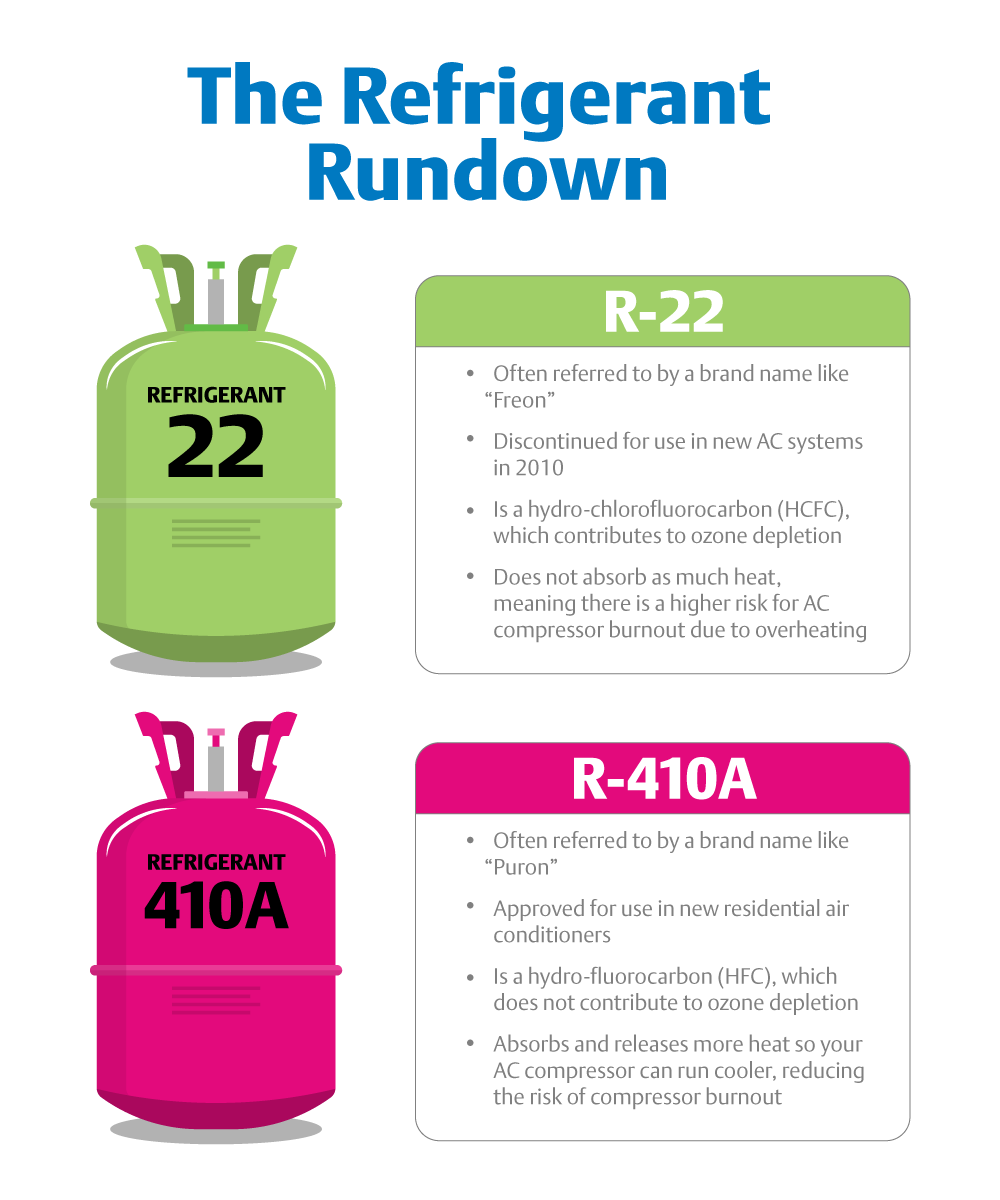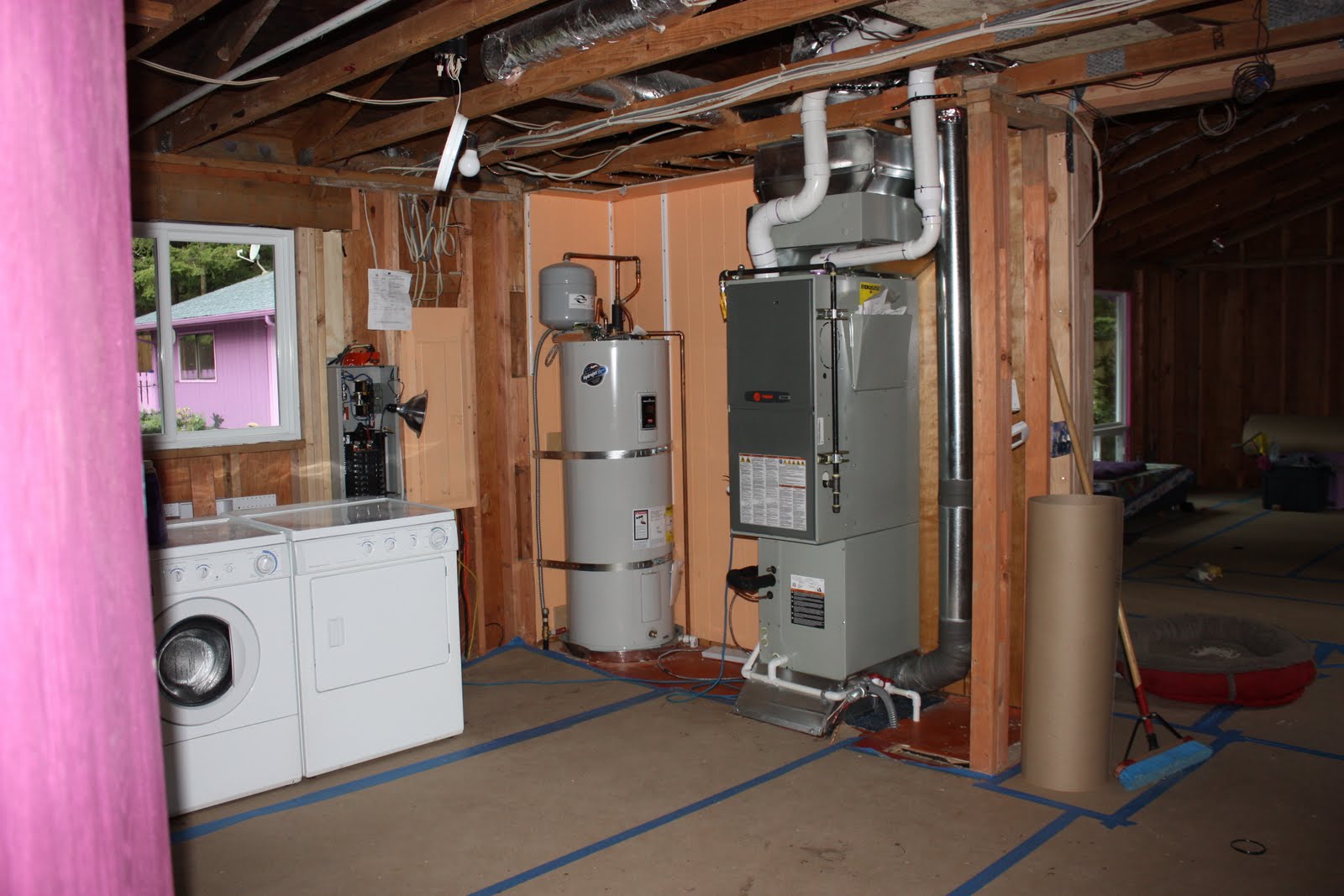Table of Content
In some cases, this could save you money on the cost to replace an HVAC system. The total depends on the type and the state of your existing system. It usually costs more to retrofit central air or forced-air heating into a home than to replace a current one. The cost for a new HVAC system runs $25 to $60 per square foot of coverage.
Permit or inspection fees required by your local building department for your overall project. General contractor overhead and markup for organizing and supervising the Air Conditioning Installation. Add 13% to 22% to the total cost above if a general contractor will supervise this project. Costs to prepare the worksite for Air Conditioning Installation, including costs to protect existing structure, finishes, materials and components.
New HVAC System Cost
If not, you may have to pay extra to have it removed or disposed of properly. Whether you need a new HVAC installation or to replace an existing system, there are a few considerations that go into HVAC unit prices. Depending on where you live, the DOE enforces a minimum SEER rating of 13 or 14, but you can find air conditioners with up to 22 or 23 SEER ratios. You can also get federal tax credits for purchasing split systems higher than 16 SEER and package systems higher than 14 SEER. The total cost to install a furnace can range from around $1,500 up to $9,000. In general, you can expect to pay somewhere between $2,500 and $8,000 for the total cost of an air conditioner.
If your system is too small, it will run constantly to keep up with the temperature. Units that are too large won't run long enough to control the humidity. To earn an Energy Star rating, a product or system must meet certain efficiency standards. Manufacturers earn this designation through testing by an EPA-approved third party.
Annual Heat Pump Maintenance Costs
They even give you total control over your household temperature. The minimum SEER standards are different for those who live in southern and northern states for cooling efficiencies, but the same for heating. As a result, you may have to pay more for an HVAC unit in the South compared to the North. If you have an HVAC system already, you won’t need to pay for new ductwork. However, the size and condition may not be compatible with your new unit’s requirements.

But if it doesn’t fall within those parameters, it’s likely time to replace it. Whatever system you select for your home, it will be a permanent fixture of that home for decades to come. Some of the systems mentioned in this article can last for over 50 years. So there is a lot to think about when you want to repair or replace an HVAC unit. However, it has the tradeoff that not every place has access to a gas pipeline to provide the fuel.
How to Save Money on HVAC Installation
Without a properly working HVAC unit, extreme temperatures can be dangerous for everyone that is there in that building. While heat pumps are less expensive to operate than furnaces—especially in areas that do not get very cold in the winter—the initial price of installation can be costly. The cost of installing a heat pump ranges from $4,000 to $7,500 with the national average around $5,500. At the low end, your installation costs could run around $2,500, while on the higher end your costs could range up to $10,000. You should never forget that one of the major factors that you must take into account when you are buying an HVAC system is its installation cost. It depends on the size of the entire building for which the HVAC system is being installed.

One of the most important things you can do when determining your cost to replace an AC unit is request multiple quotes from local dealers. We recommend getting at least three quotes to compare the equipment price, labor fees, and recommended system changes. SEER ratings range from 13 to 25, but many homeowners shop units with a 14 to 17 SEER rating.
If you live in a chillier region, we recommend using a gas furnace or hybrid system. When you need to purchase a new HVAC unit, utility companies can also help by charging monthly payments for your new system to your electric bill. They frequently offer low-interest rates if you select energy-efficient systems. This is a great option to consider for homeowners, since you’re already using your utility company and paying them monthly. This would just be an additional payment and if the rates are low, this might be your most affordable option to finance your HVAC unit.

Your deal will depend on which institution you go through and what the representatives are able to offer you. This is a worthy option to consider, as banks and credit unions specialize in arranging loans for trustworthy clients. With any other these options, you just have to make sure you can stick to the established monthly payment. We track the estimates they get from local companies, then we share those prices with you. When comparing quotes, confirm they include equipment of the same size and quality.
The average cost for a new HVAC system is $3,250 to $12,550, which includes equipment and labor fees for the installation of a central AC unit and gas furnace. The chosen HVAC brand, necessary ductwork repair, and your location will influence the project cost. The cost to install or replace an HVAC system in your home will depend on a number of factors. A heating and cooling expert will consider the size of your home, quality of insulation, and desired energy efficiency, among other things, to generate a quote. As we know that a central air conditioner will work in order to keep your whole house cool as it circulates the air over refrigerated coils. If you have large homes, they might need individual systems in order to keep the entire home cool.
The type of each component chosen—for example, gas vs. oil vs. geothermal for heating. CAV systems generally consist of single-split and multi-split systems that is why they are very much common in commercial HVAC systems. Somewhat comparable to residential systems, they also tend to use an indoor air handler or blower that has an outdoor AC compressor as well.
If you do choose to add ducts to your home, you’ll have to factor in the cost in addition to the heat pump and installation costs. The price of new ductwork averages between $1,500 and $3,000 depending on the size of the system and the size of your home. These units are designed to both heat and cool your home, and are known for their energy efficiency. The more efficient units could save you up to 60% on your energy costs.

These systems have two circuits for each floor of your house or building, so you can control the temperature in each room separately. You can find these systems on some larger homes or commercial buildings. But smaller buildings and homes usually aren’t worth the high HVAC system cost. Plus, there is a lot more maintenance required for a quadruple-zone HVAC system. VRV systems are known to flip the entire concept of heating and cooling. They do not push air through the entire building rather they use a system of piping which would allow cool air to circulate.
Installing a thermostat costs $125 to $275, depending on the type. Most HVAC technicians will include one with the purchase of a new AC, furnace or heat pump. Plan to pay up to $100 extra for smart models or those that connect to your Wi-Fi. They can be a great choice for properties with limited ground space. Some municipalities require owners to construct a parapet wall to shield the HVAC system from public viewing—ask your HVAC pro if installing a roof-mounted system. Commercial HVAC installation costs range from $7,000 to $30,000, depending on the system and size.

Newer houses with better insulation and high-quality construction require less work to manipulate. Most HVAC professionals will mention these possibilities in your initial cost estimate, but it’s good to keep in mind. A professional HVAC technician will come to your house for an initial visit and cost estimate. An HVAC is a complicated system with many internal parts that have to function in tandem in order to heat and cool your home.

No comments:
Post a Comment